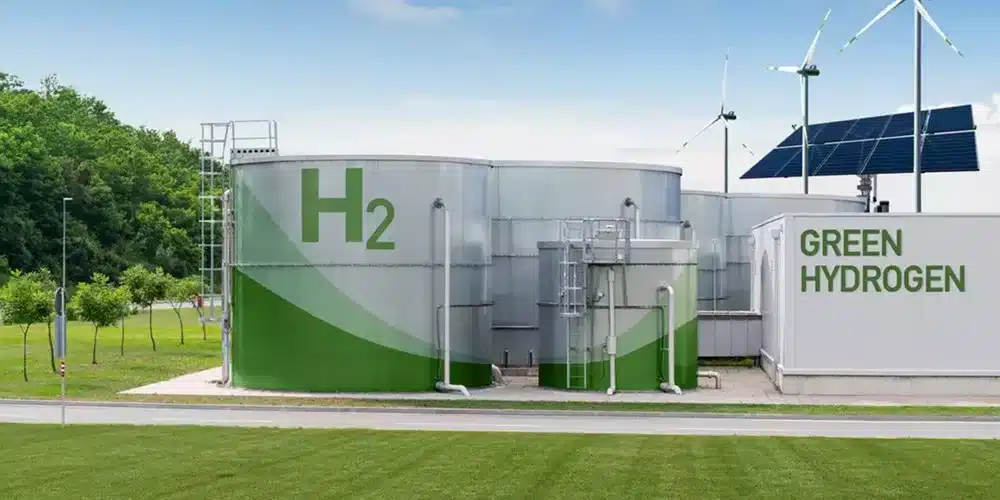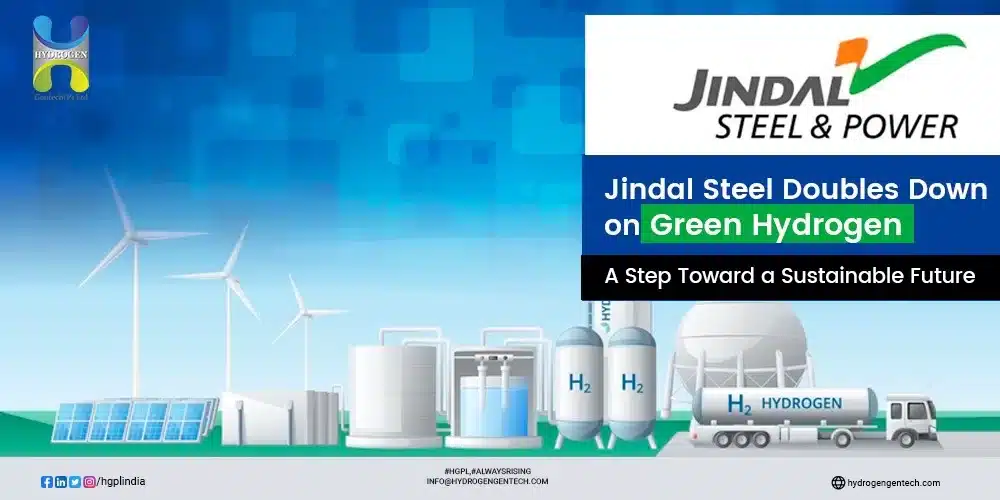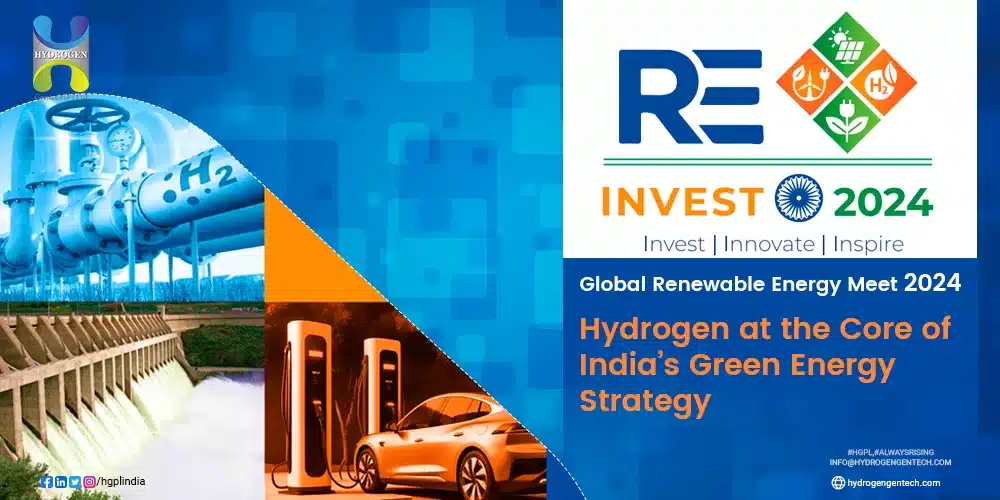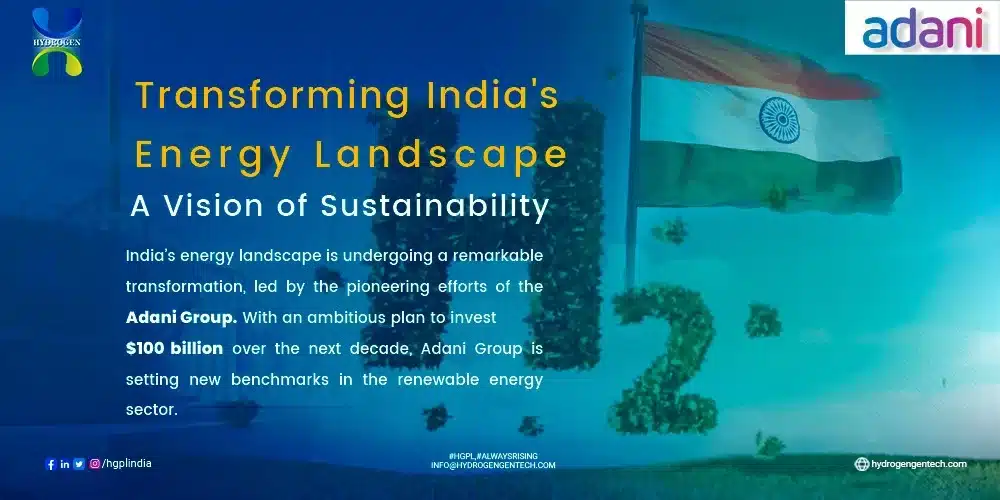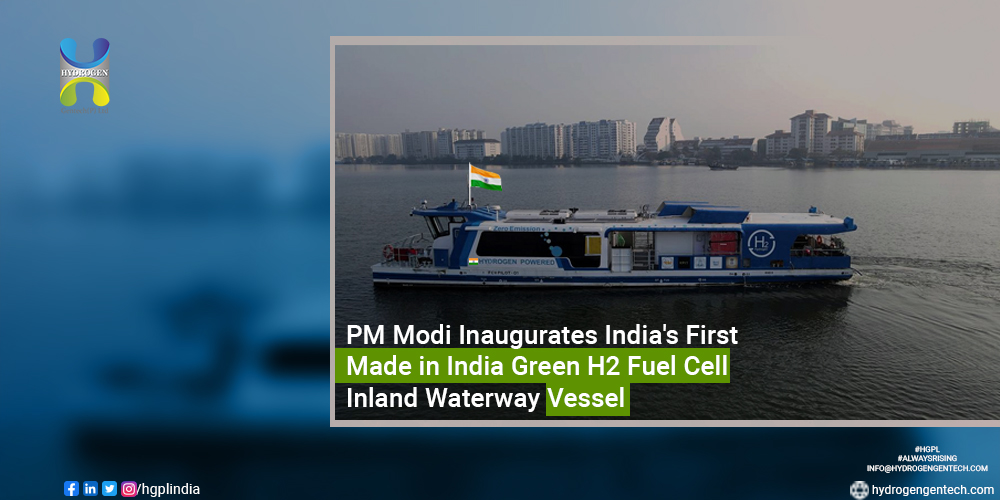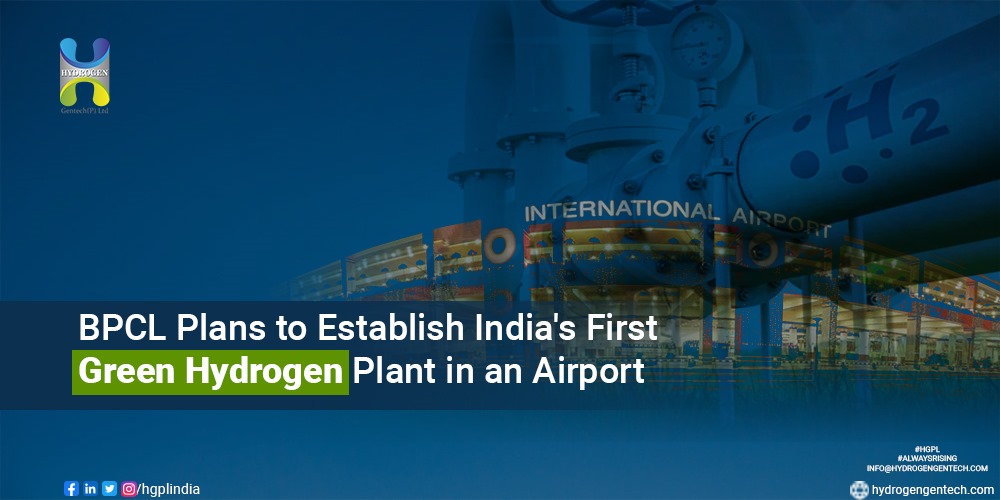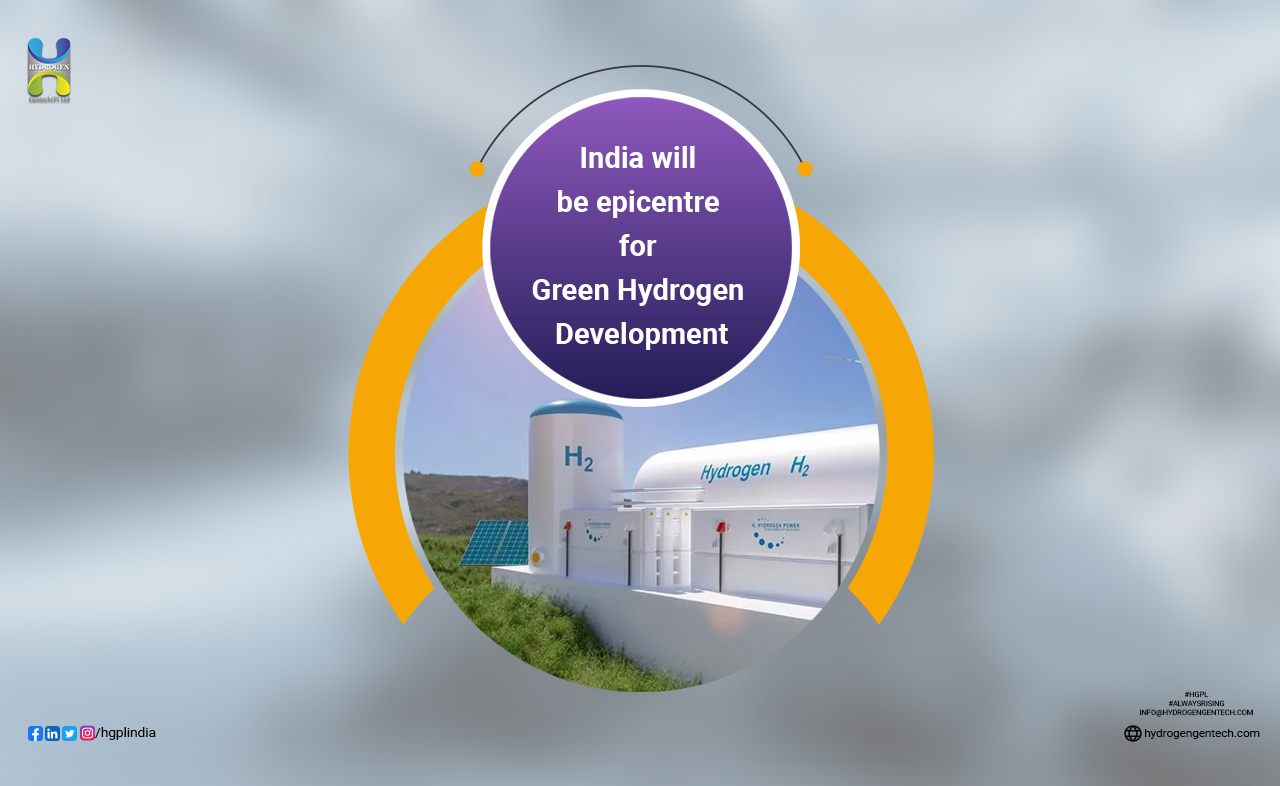The year 2024 has been a transformative one for green energy, particularly green hydrogen. As the global community intensifies its efforts to combat climate change, advancements in renewable energy infrastructure, policy support, and technological innovation have taken center stage. However, the year also brought challenges, highlighting the need for continued collaboration and investment. Here’s a comprehensive look at the major developments in 2024, blending data, insights, and narratives to engage and inform.
- A Record-Breaking Year for Renewable Energy
2024 saw unparalleled growth in renewable energy infrastructure:
- Wind Energy:
- The UK reached a remarkable milestone with wind power generating a record 22.5 GW, underscoring the nation’s commitment to phasing out fossil fuels.
- Solar Energy:
- Solar power solidified its position as the world’s most cost-effective energy source, with countries like India and China leading large-scale installations.
- Battery Storage Expansion:
- In the U.S., battery storage capacity surged by 71%, reaching 24 GWh, enabling greater integration of renewable energy into the grid. Globally, the market saw a 47% rise in installations compared to 2023.
- Green Hydrogen: A Game-Changer in the Energy Transition
Green hydrogen emerged as a beacon of hope in 2024, driving decarbonization across industries.
- Production Growth:
- Global green hydrogen production rose by over 150%, fueled by significant projects such as:
- Australia’s HyEnergy Project, which achieved 100 MW electrolyzer capacity in its first phase.
- Europe’s REPowerEU initiative, targeting 20 million tonnes of green hydrogen annually by 2030.
- Global green hydrogen production rose by over 150%, fueled by significant projects such as:
- Policy Boosts:
- The U.S. Department of Energy allocated up to $2.2 billion to accelerate clean hydrogen development, focusing on the Gulf Coast and Midwest regions.
- India announced a ₹19,744 crore incentive scheme to support green hydrogen production, aligning with its ambitious goal of producing 5 million tonnes by 2030.
- Corporate Investments:
- Companies like BP and Reliance Industries committed billions to green hydrogen projects. BP’s Lingen Green Hydrogen Plant in Germany is expected to produce 120,000 tonnes annually.
- Challenges and Market Dynamics
While progress was undeniable, challenges remained:
- High Costs:
- Green hydrogen production costs ranged from $3 to $6 per kilogram, compared to $1–$2 for grey hydrogen, leading to the cancellation of several projects, particularly in Europe.
- Achieving cost parity with fossil fuels remains a critical hurdle.
- Infrastructure Gaps:
- The lack of a global hydrogen distribution network limited its adoption, requiring further investment in pipelines and storage systems.
- Innovations Driving the Future
Technological breakthroughs played a vital role in making green energy and hydrogen more viable:
- Electrolyzer Efficiency:
- Advanced electrolyzers achieved a 15% improvement in efficiency, reducing energy consumption during hydrogen production.
- Perovskite Solar Cells:
- Researchers achieved efficiencies of 28.5% in perovskite-based solar cells, signaling a potential leap beyond traditional silicon panels.
- AI in Energy Grids:
- Artificial Intelligence optimized energy production and distribution, particularly in balancing intermittent renewable sources like wind and solar.
- The Bigger Picture: Green Hydrogen’s Global Impact
- Decarbonization:
- Green hydrogen has the potential to cut global CO2 emissions by 6 gigatonnes annually by 2050, contributing significantly to climate goals.
- Employment Opportunities:
- The sector is expected to create over 700,000 jobs globally by 2030, offering a dual benefit of sustainability and economic growth.
- Policy and Public Ownership: Shaping the Future
Governments played a pivotal role in 2024:
- United Kingdom:
- Launched Great British Energy, a publicly owned company to invest in renewables and manage clean energy projects.
- European Union:
- Introduced the Renewable Hydrogen Directive, requiring 42% of industrial hydrogen use to come from renewable sources by 2030.
A Year of Progress and Promise
The developments in 2024 reflect both the immense potential of green energy and the challenges ahead. Green hydrogen, in particular, emerged as a key player in the global energy transition. However, high costs, infrastructure hurdles, and the need for consistent policy support require continued focus and innovation.
As the world accelerates toward a low-carbon future, collaboration between governments, industries, and communities will be critical. By addressing challenges and capitalizing on technological advancements, green energy and green hydrogen can lead the way in creating a sustainable and prosperous future for all.
Key Numbers from 2024 at a Glance:
- Global Energy Transition Investment: $1.7 trillion
- Green Hydrogen Production Growth: +150%
- U.S. Battery Storage Capacity: 24 GWh (+71%)
- Potential CO2 Reduction: 6 gigatonnes annually by 2050
- Employment Opportunities in Green Hydrogen: 700,000 by 2030
The journey is challenging, but the path is clear—green energy is not just a vision; it’s becoming reality. Let 2024 serve as a testament to what the world can achieve together.


